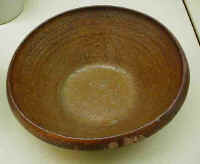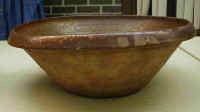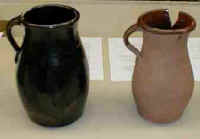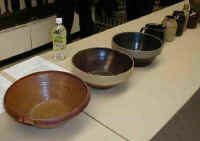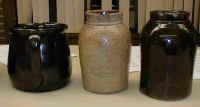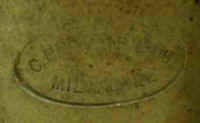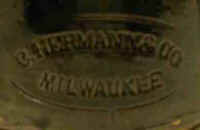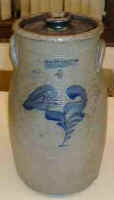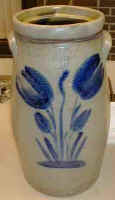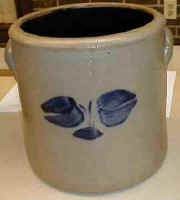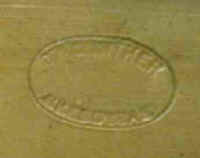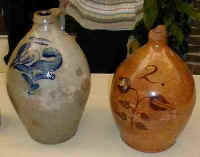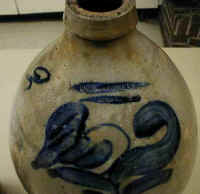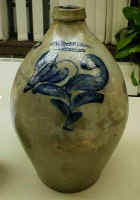©1999-2015
Wisconsin Pottery Association
P.O. Box 705
Madison WI 53701-0705
Click on any picture to see a larger image & then use your browser's back button to return here.
Related Pages:
Related Sites: (The sites will open up in a new window)
Mr Bottles - Has an extensive listing of over 100 clay beer bottles made in Wisconsin from 1850 until the turn of the century. The listings include name, location and pictures of many. Be sure to read the introduction to clay bottles because it contains information about how they were made, of what materials, the markings and much more. Recently added were pictures of Wisconsin Antique Stoneware.









